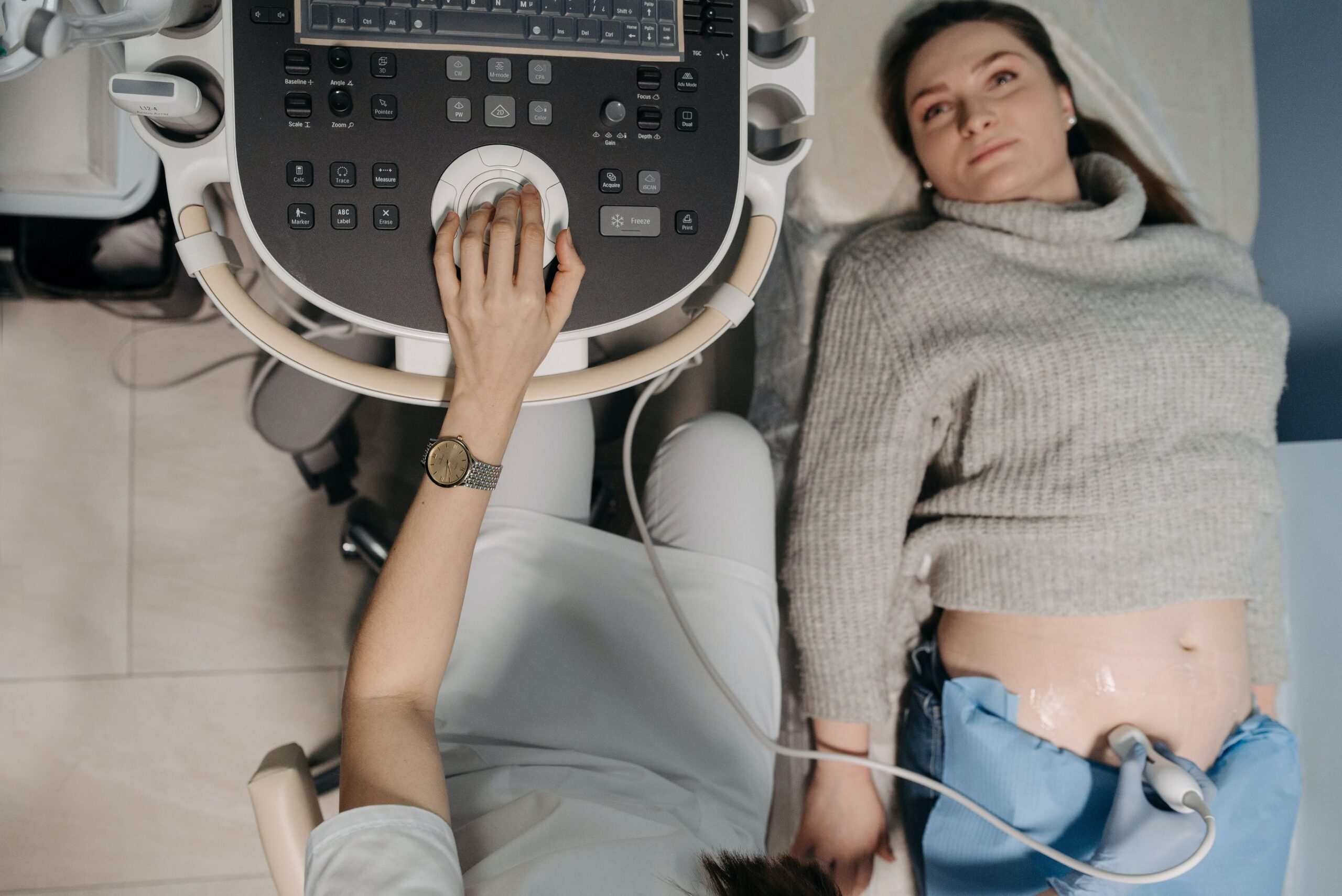Summary
This research investigates the application of ultrasound (US) to enhance the vacuum impregnation (VI) process in the food industry. VI is a slow, diffusion-driven operation that can be challenging for low-porosity or densely-structured materials. The study aims to evaluate the effectiveness of ultrasound in intensifying mass transfer during the VI process, focusing on impregnating carrots with ascorbic acid as a mass transfer marker.
The results indicate that ultrasound has a positive impact on mass transfer during VI. The effects of ultrasound enhancement vary depending on the stage of application and exposure duration. The most significant increase in ascorbic acid content (60% compared to the non-ultrasound-assisted process) was observed when ultrasound was applied continuously throughout the process. Applying ultrasound during the relaxation or aeration periods also resulted in a notable increase (around 20%) in the marker’s content. The smallest increase (10%) occurred when ultrasound was applied only during the vacuum period.
Importantly, the application of ultrasound did not lead to undesirable changes in color, and pH decreased in most cases, which is favorable for product stability. The content of carotenoids and phenolic compounds remained unaffected. The findings suggest that ultrasound has substantial potential as a mass transfer accelerator in the VI process, particularly for low-porosity materials. The effectiveness of ultrasound is influenced by both pressure and exposure duration, and the study demonstrates a synergistic effect when ultrasound is used throughout the VI process.










